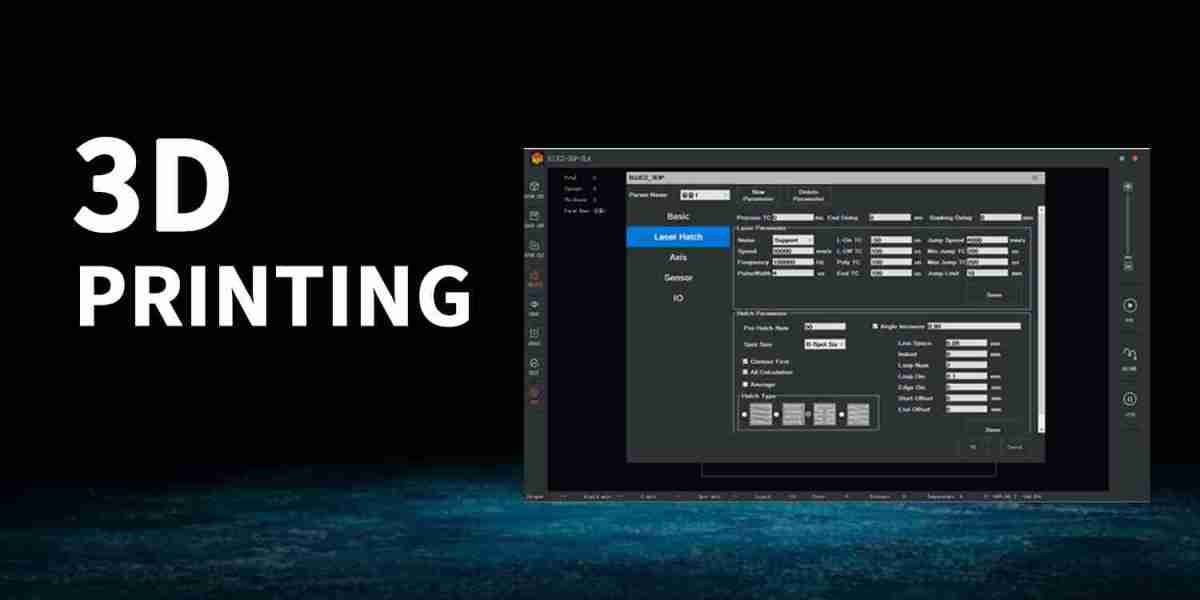The global blood culture tests market is projected to grow at a compound annual growth rate (CAGR) of 8% from 2023 to 2028 to reach $7.6 billion by 2028, according to a new report from MarketsandMarkets Research. Key factors driving growth include the rising incidence of sepsis and bloodstream infections, growing demand for rapid diagnostic techniques, increasing healthcare expenditure, and aging population.
Blood culture testing is used to detect the presence of bacteria, fungi, or other microorganisms in a patient's bloodstream that can lead to sepsis or other life-threatening infections. Conventional manual techniques as well as automated blood culture systems that provide quicker results are used.
Request for Free Sample Report
The report identifies North America as accounting for the largest share of the global blood culture tests market. The significant presence of test providers, high rates of bloodstream infections, infectious diseases and aging population, as well as rapid product approvals and launches are key contributors.
Meanwhile, emerging economies also present growth opportunities for blood culture test vendors. Rising healthcare spending in countries like China, India, Brazil and others is expected to boost adoption of automated blood culture systems in hospitals and reference labs.
Among end users, hospital laboratories made up the largest share of blood culture tests revenue in 2023 given the large volume of sepsis cases presenting in emergency departments. However, reference labs are expected to exhibit faster growth over the forecast period.
Consumables Lead Product Category
In terms of products, the consumables segment held the largest market share in 2023, primarily due to repeat purchases of blood culture media required for performing these tests. Within consumables, blood culture media for detecting various organisms including bacteria, fungi and mycobacteria accounted for major share.
Culture-based techniques comprised the largest share among technologies as they remain the gold standard. However, molecular-based assays are experiencing strong growth as they provide faster time-to-result.
Key Vendors and Market Developments
The blood culture tests vendor landscape remains fairly concentrated, with leading players including Becton Dickinson (BD), bioMérieux, Danaher (including Cepheid), Thermo Fisher Scientific, and Roche Diagnostics. These companies are focused significant R&D investments to enhance automation, throughput and time-to-result.
In January 2023, BioMérieux gained FDA 510(k) clearance for its VITEK REVEAL rapid AST system for bloodstream infections that delivers phenotypic AST results for Gram-negative bacteria in about 5.5 hours from positive blood cultures.
BD continues to expand its global sepsis offering through strategic partnerships - in 2022 it collaborated with Smart4Diagnostics to incorporate pre-analytical data into its blood culture workflow to help reduce lab errors.
Request for Free Sample Report
Overall, rising incidence of bloodstream infections globally along with continued technology innovation position the blood culture test market for healthy expansion through 2028. Vendors able to deliver rapid, accurate and automated solutions to diagnose sepsis have significant opportunities in this essential clinical market.














